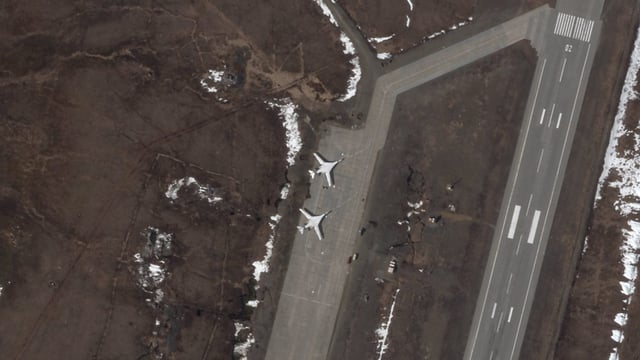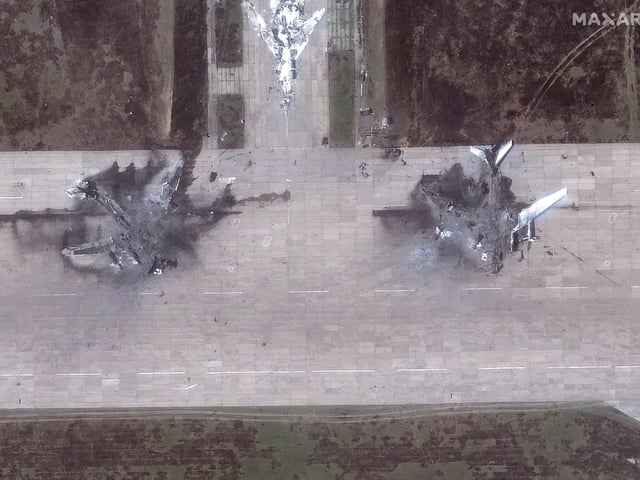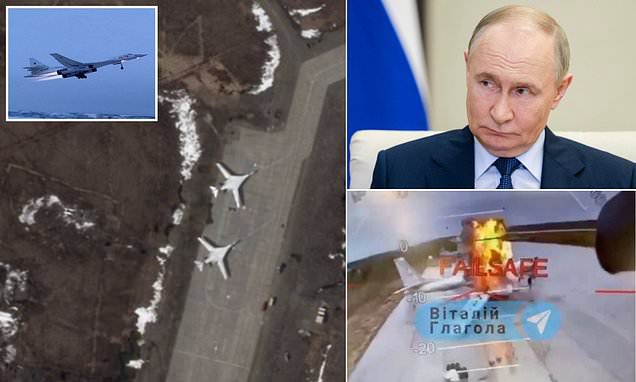Overview
- On June 1, Ukraine launched Operation Spider’s Web using 117 truck-launched drones to hit four Russian airbases and damage about 41 military aircraft, including strategic Tu-95 and Tu-22 bombers.
- Satellite imagery and Western intelligence estimate that 10–20% of Russia’s long-range bomber fleet was damaged or destroyed, a loss that could limit future patrols and cruise missile operations.
- Between June 4 and 9, Russia relocated Tu-160, Tu-95MS and Tu-22M3 bombers to remote bases such as Anadyr in Chukotka, increasing the distance from Ukraine and raising logistical costs.
- On June 11, the defence ministry flew Tu-22M3 bombers over neutral Baltic Sea waters for over four hours in the first mission of its kind since the drone strike.
- Deputy Foreign Minister Sergei Ryabkov maintains that Russia’s nuclear deterrence capability remains intact and says the damaged bomber fleet will be repaired and restored.


